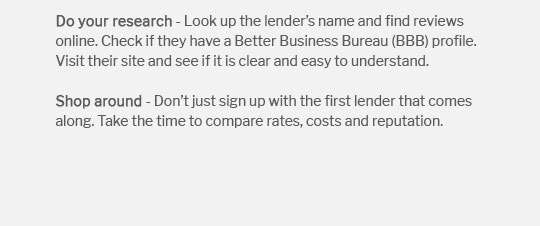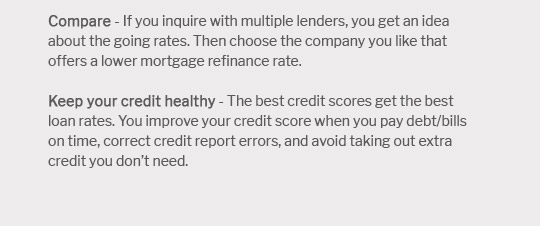 |
|||
 |
 |
 |
||
|---|---|---|
 |
||
 |
||
 |
||
 |
||
 |
 |
 |
 |
Understanding Stated Income Mortgage Refinance Options for HomeownersStated income mortgage refinance is an option for homeowners who might not meet the traditional income documentation requirements. This type of refinancing can be particularly useful for self-employed individuals or those with non-traditional income sources. What is a Stated Income Mortgage Refinance?A stated income mortgage refinance allows borrowers to qualify for a refinance based on the income they report, without the need for extensive documentation such as tax returns or pay stubs. How It WorksThe process involves stating your income on the application, and lenders typically rely on your credit score, home equity, and other factors to approve the refinance. This can be beneficial for those who might otherwise have difficulty documenting their earnings. Eligibility CriteriaTo qualify for a stated income mortgage refinance, borrowers usually need to meet certain criteria, such as a good credit score and sufficient equity in their home. Credit Score RequirementsWhile credit score requirements can vary, having a higher score can improve your chances of approval. For those with lower scores, you may want to explore options to refinance mortgage with 500 credit score. Home EquityHaving substantial equity in your home is another critical factor. Lenders are more likely to approve a refinance if you have a significant amount of equity. Pros and ConsLike any financial product, stated income mortgage refinancing has its advantages and disadvantages.
Steps to Refinance
For those facing employment challenges, exploring options to refinance mortgage while unemployed might also be worthwhile. Frequently Asked QuestionsWhat is a stated income mortgage refinance?A stated income mortgage refinance is a refinancing option where the borrower states their income on the application without providing traditional documentation, relying on other factors like credit score and home equity for approval. Who can benefit from a stated income mortgage refinance?Self-employed individuals, those with non-traditional income sources, or those unable to provide standard income documentation can benefit from this type of refinance. Are there any risks associated with stated income refinancing?Yes, potential risks include higher interest rates and fewer lender options. It's essential to compare offers and understand the terms before proceeding. https://themortgagereports.com/50541/can-you-still-get-stated-income-loans
Instead, borrowers simply state their income on the application, and mortgage lenders take them at their word without verifying the accuracy of ... https://www.americanfinancing.net/home-purchase/stated-income-loan-alternatives
However, stated income loans require no income documentation nor tax returns for self-employed borrowers. Since Dodd-Frank, it is now illegal for any consumer ... https://trussfinancialgroup.com/stated-income-home-loans
A stated income mortgage loan allows the borrower to state their income without verification by the lender and get the lowest stated income loan rates.
|
|---|